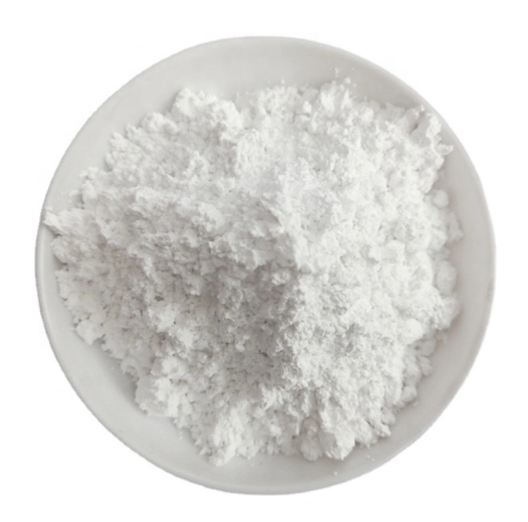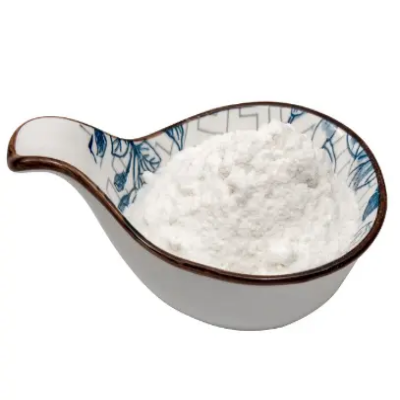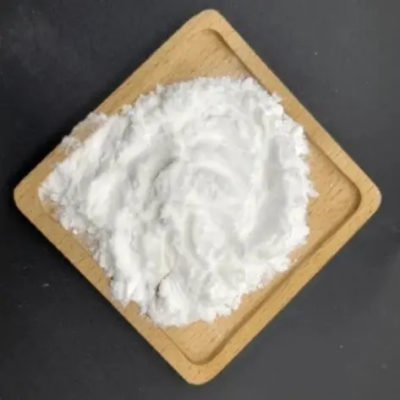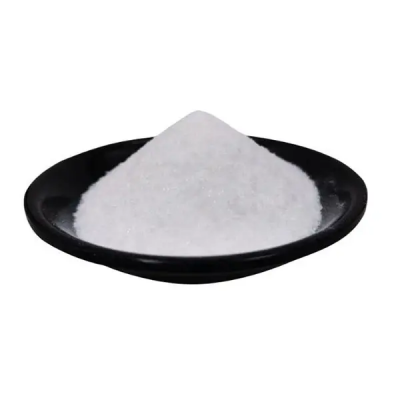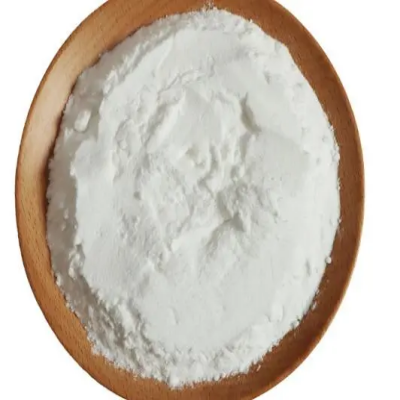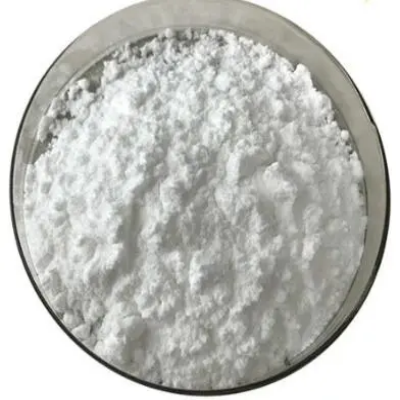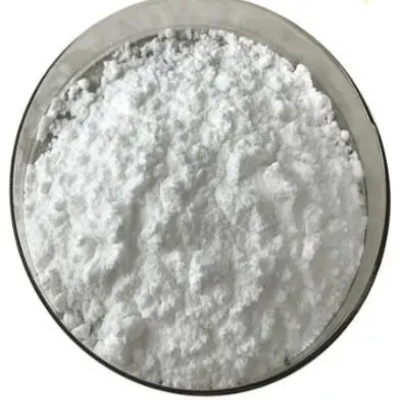5-Bromo-4-chloro-3-indolyl-beta-D-glucuronide cyclohexylammonium salt CAS:18656-96-7
The effect of 5-Bromo-4-chloro-3-indolyl-beta-D-glucuronide cyclohexylammonium salt (X-glucuronide) is its ability to produce a blue precipitate or color change in the presence of the enzyme beta-D-glucuronidase. This enzymatic reaction occurs when the glycosidic bond between the indole group and the glucuronic acid moiety is cleaved by beta-D-glucuronidase.
The application of X-glucuronide is primarily in molecular biology and enzymology experiments. It is commonly used as a substrate to detect the activity of beta-D-glucuronidase. Some specific applications include:
Reporter gene assays: X-glucuronide is often employed as a substrate in reporter gene assays where beta-D-glucuronidase is used as a reporter enzyme. By fusing the promoter region or coding sequence of a gene of interest to the beta-D-glucuronidase gene, researchers can measure the expression or activity of the gene by monitoring the formation of a blue precipitate or color change when X-glucuronide is added.
Bacterial and yeast transformation assays: X-glucuronide can be used to detect the successful transformation of bacteria or yeast with a vector containing the beta-D-glucuronidase gene. Transformed cells expressing the enzyme can hydrolyze X-glucuronide, producing a visible color change or precipitate.
Histochemical staining: X-glucuronide is utilized in histochemical staining techniques to visualize the presence and distribution of beta-D-glucuronidase activity in tissues or cells. This staining allows for the localization and identification of cells expressing the enzyme.
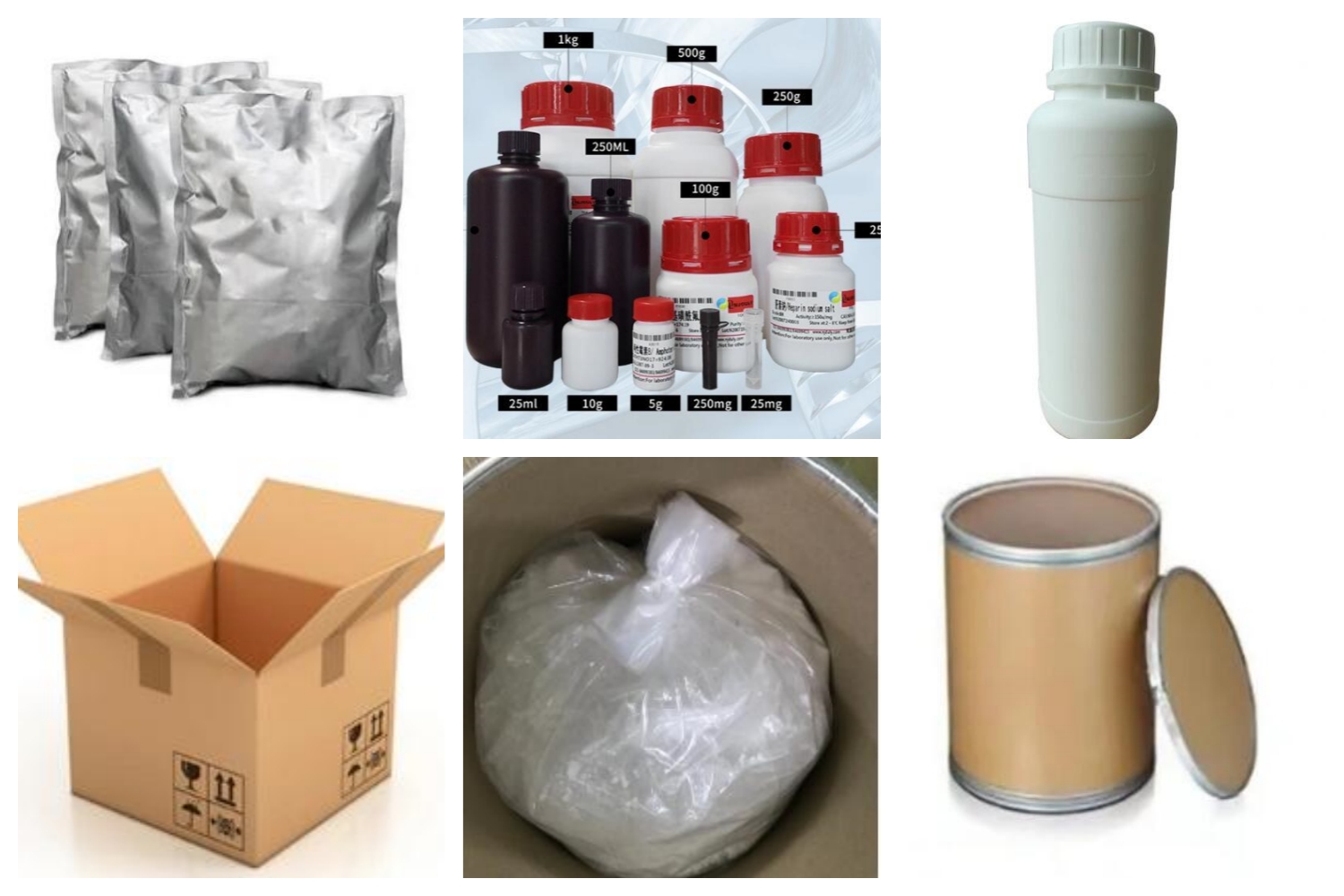
| Composition | C26H36BrClN2O7 |
| Assay | 99% |
| Appearance | White powder |
| CAS No. | 18656-96-7 |
| Packing | Small and bulk |
| Shelf Life | 2 years |
| Storage | Store in cool and dry area |
| Certification | ISO. |


